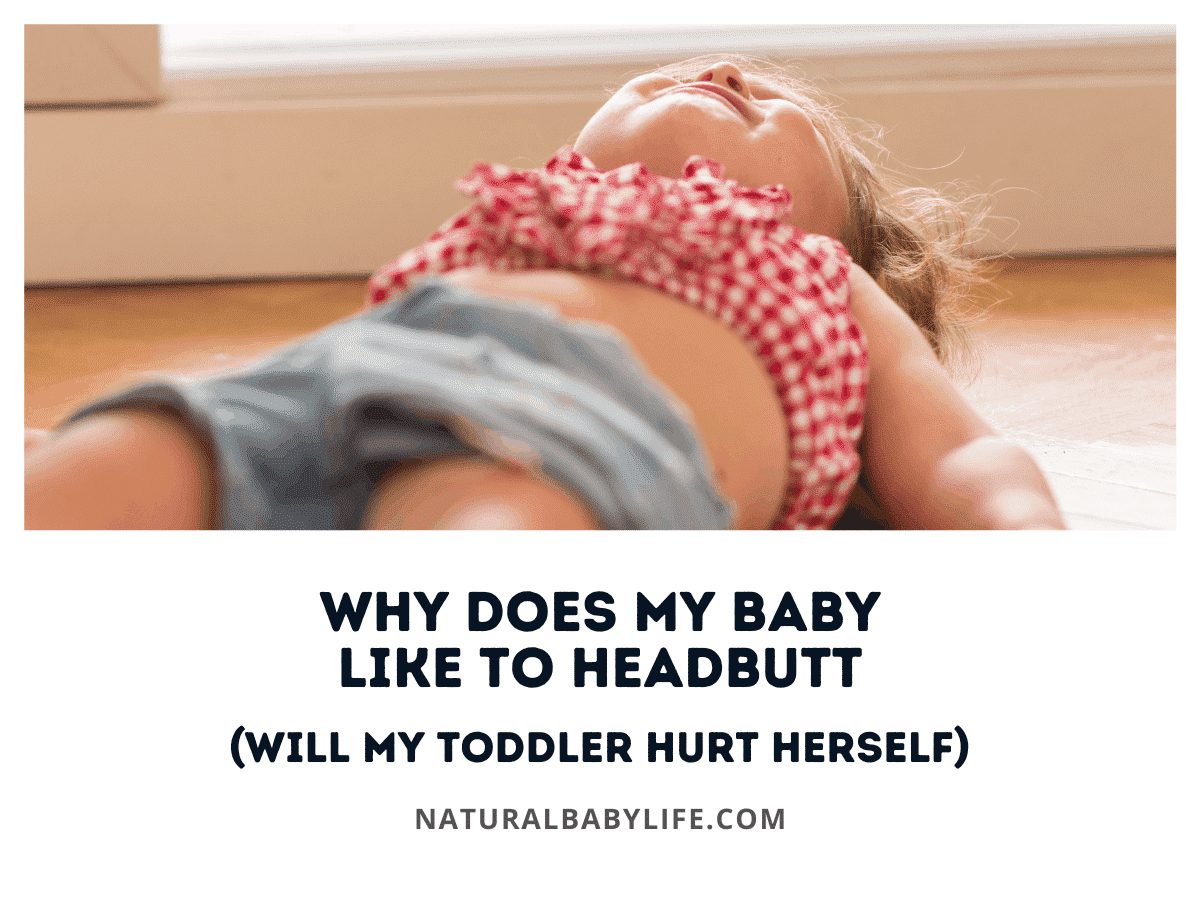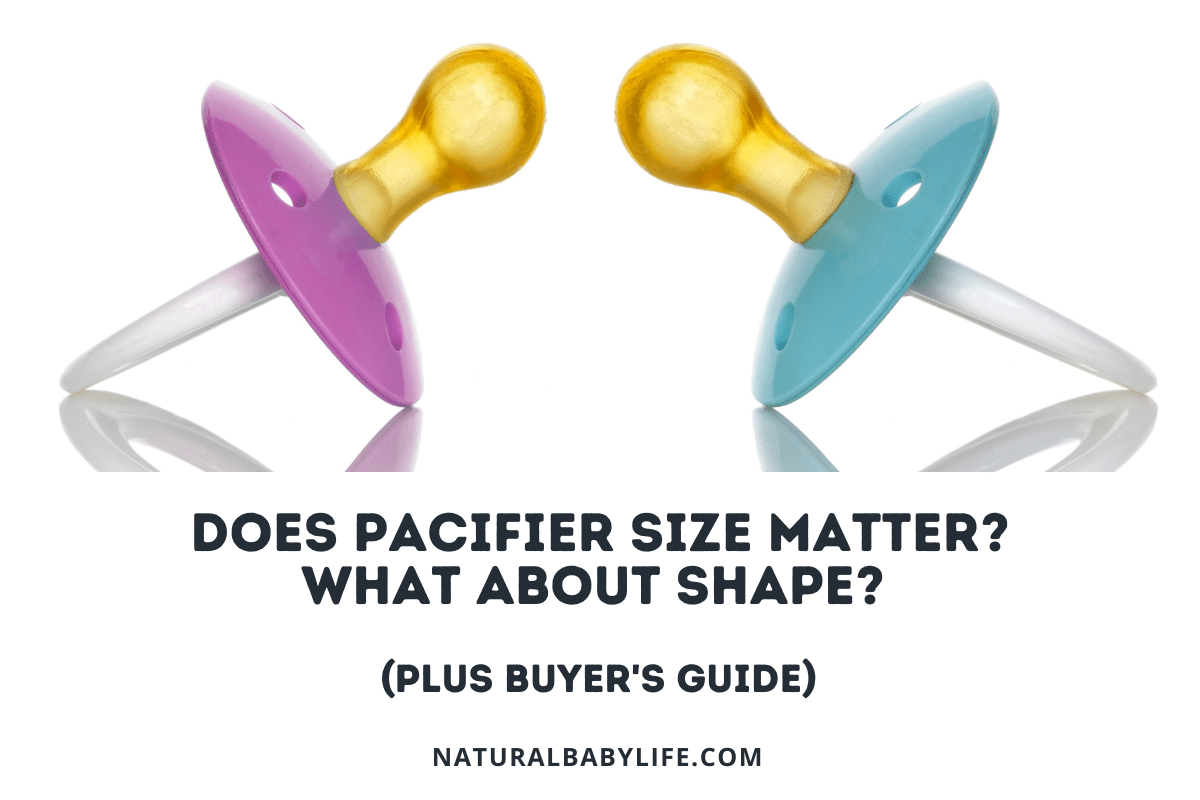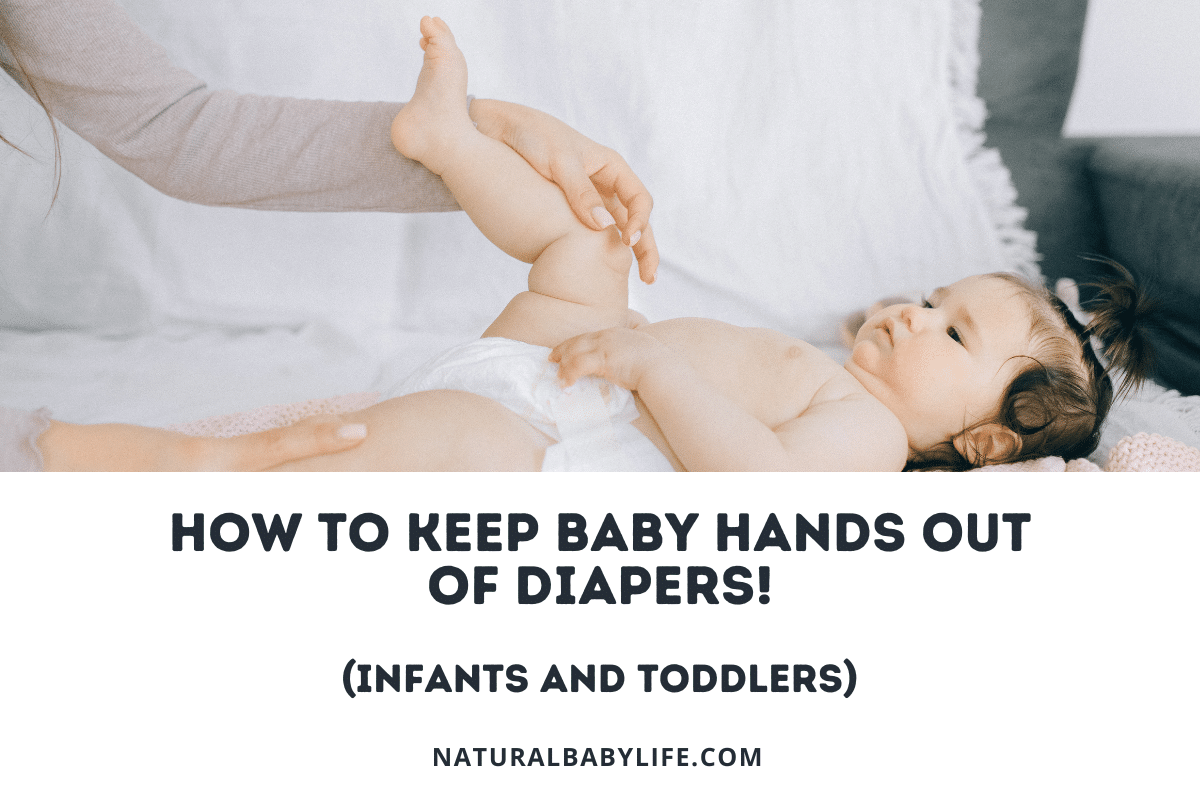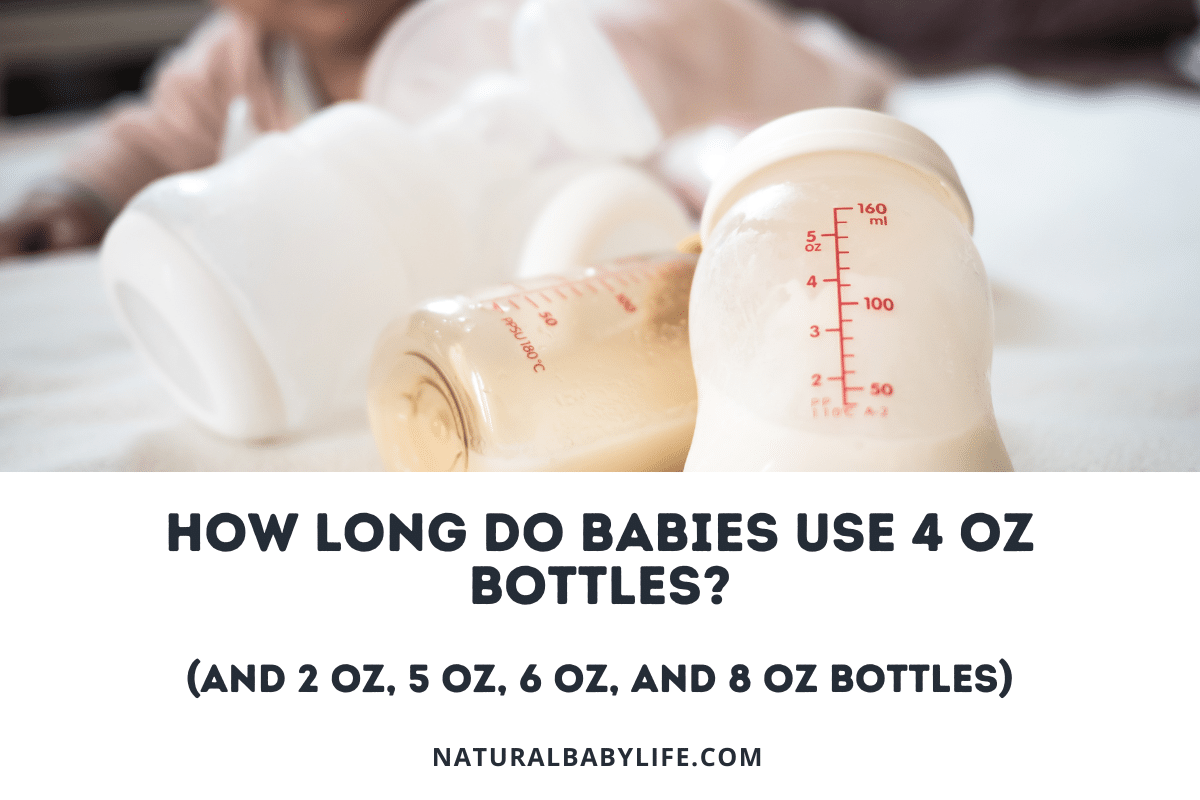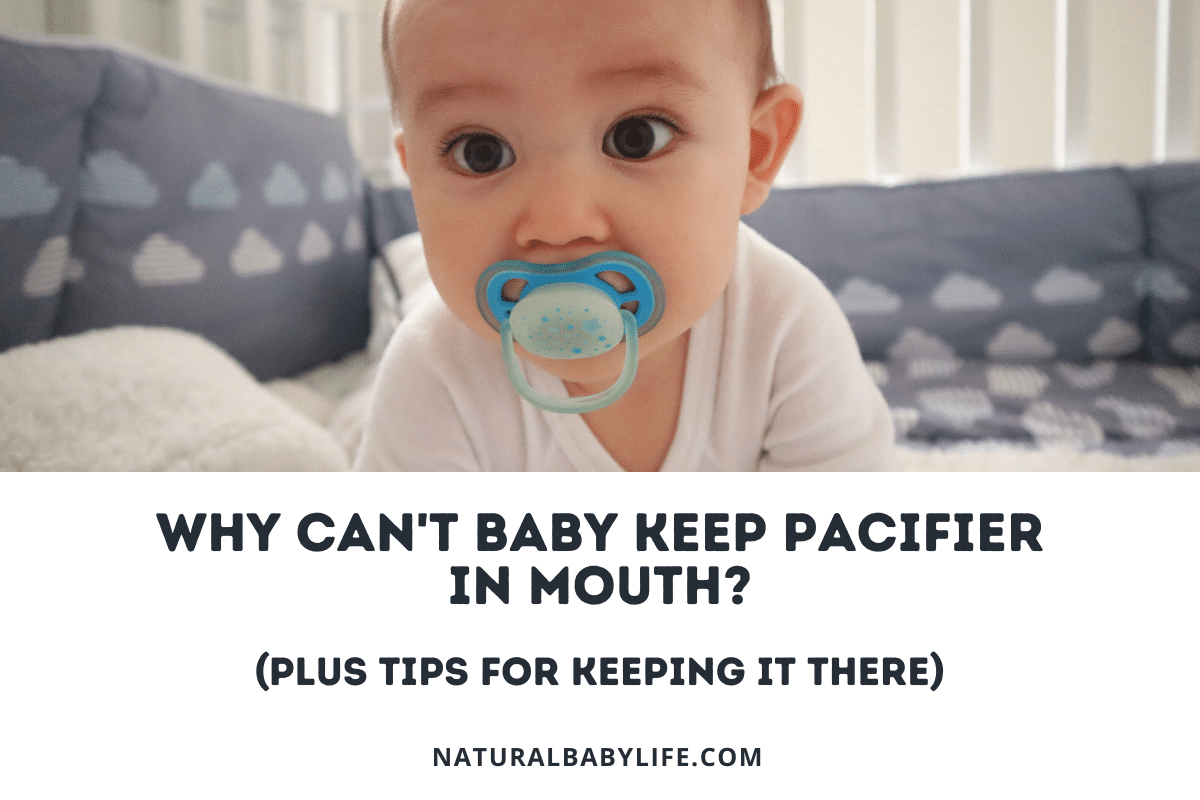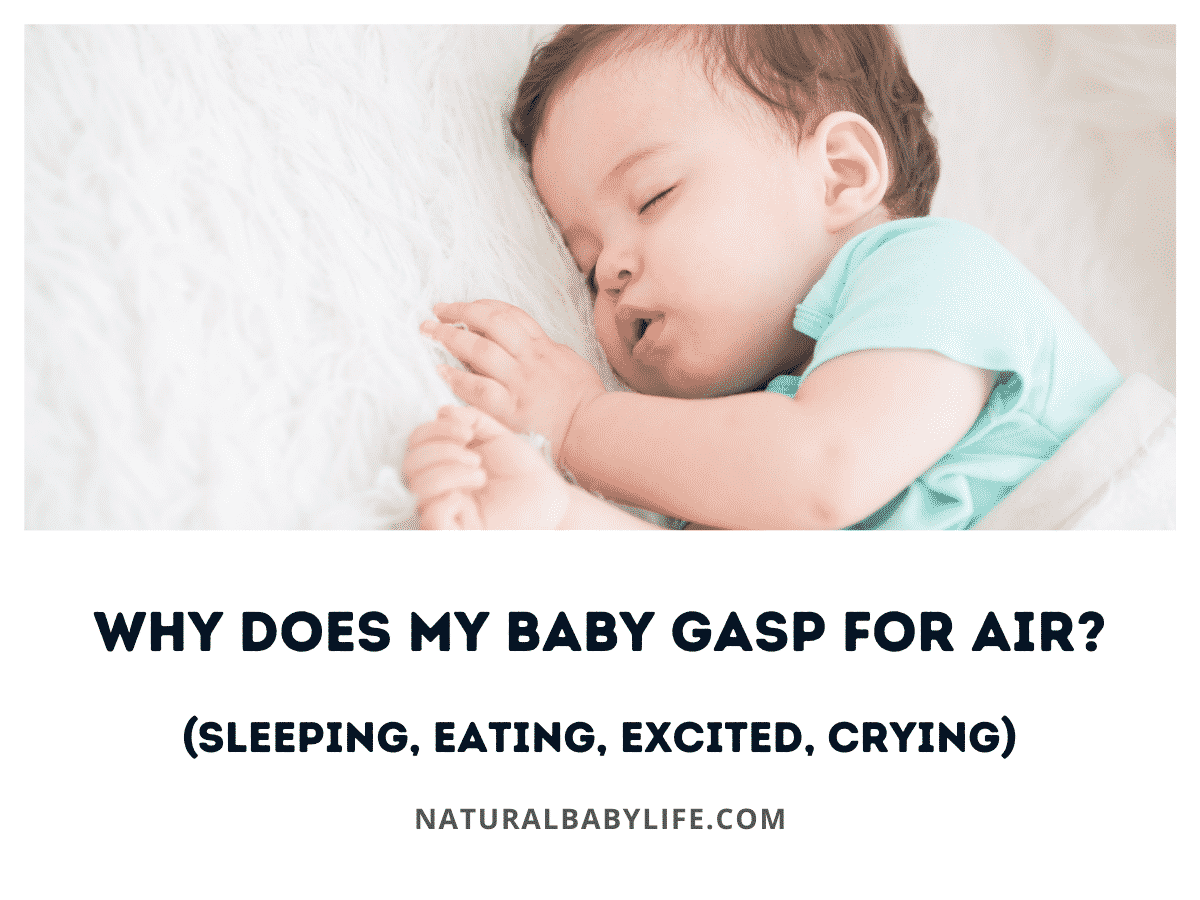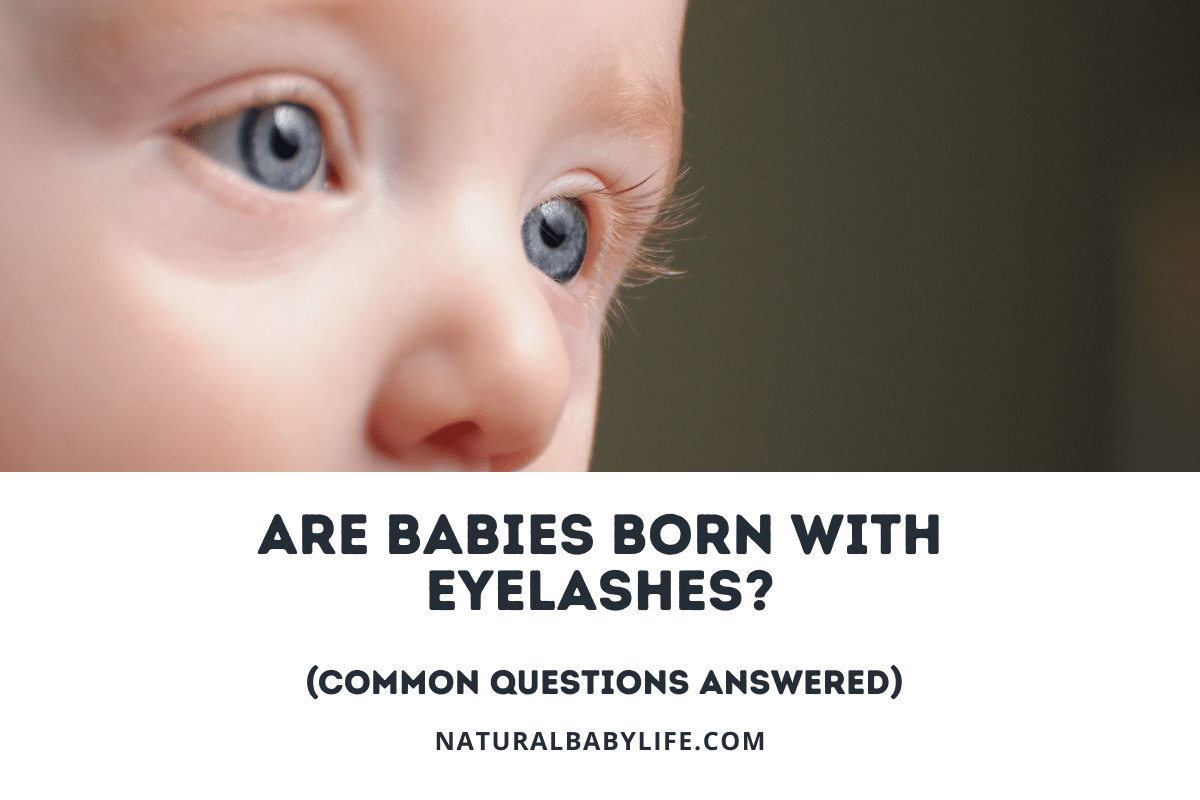Babies do all sorts of adorable (though sometimes strange!) things. While it can be hard to understand why your baby keeps putting dirty socks in his mouth, some quirky habits – like your baby’s distressing tendency to headbutt everything in sight – might leave you feeling concerned.
Even though headbutting might seem unusual, it’s actually common for babies and toddlers to develop the habit. While scientists have different theories about why they like to headbutt – ranging from pain management to a reaction to a nursing position – most believe that rhythmic motions (like headbutting or banging) can be a self-soothing behavior.
Headbutting doesn’t seem very relaxing to most adults. So, why do babies use it as a tool to calm down? Keep reading to learn more!
Table of Contents
Why does my baby headbutt everything?
Experts estimate that around 20% of children develop a headbutting habit at some point in early childhood, and boys are more likely to pick up the behavior than are girls.
While it can be frightening, it’s actually common for babies to headbutt (whether they’re slamming their head against their bed, a wall, or even you).
In young babies, headbutting is most often a rhythmic behavior that can help a child self-soothe. And if you think about it, headbutting as a relaxation technique kind of makes sense: most babies self-soothe in very rhythmic ways – whether it’s rubbing at their eyes as they drift off to sleep, gently sucking on a pacifier, or stroking a favorite stuffed animal. In fact, some of the best get-your-baby-to-sleep tricks are also rhythmic: rocking your child, taking them for a car ride or walk, and even singing them a lullaby. Rhythmic motions mimic the environment of the womb, which automatically makes your baby more comfortable.
As your child gets into the toddler years (18 months to 3 years old) he may begin to headbutt for a different reason. The older your little headbutter gets, the more likely it becomes that he’s headbutting as a tantrum mechanism. Toddlers often have a hard time communicating with words, so headbutting can be an effective way for them to tell you they’re upset. After all, the behavior likely gets a reaction!
One last reason for a toddler or baby to headbutt is because they’re in pain. Ear infection and teething can cause your child’s head to hurt, so they may flop their head around trying to get rid of the painful feeling.
Difference between headbanging and headbutting
While head banging and headbutting are two separate phrases, they’re often used interchangeably to describe any sort of violent head motion.
Headbanging is the term most often used when babies are purposefully hitting their head against an inanimate object (bed, wall, stuffed animals, etc.) In contrast, headbutting is often used when the behavior is directed at a person.
With that being said, the two terms are practically interchangeable. If your child is hitting his head against something, you can use either phrase to explain the problem to your pediatrician, and they’ll understand what’s going on.
Why do babies headbutt
Even young babies can pick up some headbutting behaviors.
Some of the most common reasons for babies (newborn to 18 months) to headbutt include:
- Nursing position
- Pain management
- Self-soothing
Most headbutting behaviors in young children aren’t signs of tantrums, and light cases of headbutting can actually help calm your baby down.
If the headbutting isn’t causing your little one harm, it’s usually fine to let the behavior continue. If you’re worried, feel free to talk to your little one’s pediatrician for their recommendations.
Nursing position
Some nursing positions (especially feeding positions that are upright, such as cross-cradle) can cause a baby to bob their head against the breast. Not only can headbutting be uncomfortable for mom, but it can also cause the baby to pull away from the nipple and turn breastfeeding into a struggle for both mom and baby.
To help minimize headbutting during breastfeeding, it can be helpful to try a laid-back feeding position. Mom reclines and places the baby face-down on the breast so that they’re essentially tummy to tummy.
Gravity helps keep baby’s bobbing motions directed toward feeding rather than headbutting mom, and breastfeeding should feel like less of a battle.
Pain management
Infants go through a few rounds of teething before they hit their 18-month birthday.
Sometimes, the pain of teething can be difficult for your child to process, and they may bang their head to try and alleviate some of that pain. Babies with earaches are also more likely to toss their head around as they try to clear some of the pressure inside their ears.
If your child is headbutting because they’re in pain, the best thing to do is minimize the source of that pain. Cold compresses and teething toys can help babies cut their teeth.
If your baby has an ear infection, you should see their pediatrician; antibiotics may be needed to help clear the infection out quickly.
Self-soothing
The most common reason babies headbutt is as a self-soothing technique to help them fall asleep.
While in the womb, babies are gently rocked around, and rhythmic motions after birth can help calm little ones by reminding them of the comfort of the womb. That’s why rocking your baby to sleep works so well!
If your child bangs their head right before they fall asleep, it’s likely become a self-soothing technique that helps them drift off on their own. A baby banging their head against a crib mattress shouldn’t cause any injury, so there’s no need to interfere.
Most babies grow out of this habit by the time they become a toddler.
Why do toddlers headbutt
Toddlers (18 months to 4 years) can headbutt too, but they usually do so for different reasons than babies.
Some of the most common reasons toddlers headbutt are:
- Frustration
- Wants attention
- Pain management
In most cases, you’ll want to try and eliminate toddler headbutting behaviors if possible. Toddlers are big, and their headbutting can hurt them and others (not to mention the walls of your home!).
One of the best ways to stop unwanted headbutting is to ignore it. Put your child in a safe place, and walk away until they calm down.
Frustration
Life as a toddler is hard pretty much any way you look at it.
Some toddlers take out their frustration by head butting in the middle of a tantrum, which is a behavior you don’t want to encourage.
If your child resorts to headbutting when frustrated, it’s best to ignore the behavior, especially if it happens all the time. You should also try to head off the frustration: keep track of when your little one is most likely to headbutt and try to avoid situations that lead to that behavior.
Wants attention
Similar to frustration, some toddlers headbutt in order to get some more attention.
Communication is difficult for toddlers; some are too young to explain that they want some more attention, and all toddlers eventually become frustrated if their wishes are ignored. Headbutting is a sure-fire way to grab a parent’s attention, but responding to your toddler’s heatbutts actually makes it more likely that they’ll continue the behavior.
The best way to eliminate your child’s headbutting is to ignore the behavior. Sometimes, even picking your child up after they bang their head against something is enough to reinforce the behavior. Place your little one in a safe place, such as their crib, and give them some time to calm down. Not only will your toddler relax, but they’ll also learn that headbutting doesn’t actually result in any extra attention.
Pain management
Just like babies, toddlers are working on growing the rest of their teeth.
Pain from teething or from an earache can cause some toddlers to shake their head in an attempt to deal with the pain. Headbutting because of pain management is often a temporary behavior. As soon as the pain disappears, your little one should stop banging his head around.
Until then, try to eliminate the pain as much as possible. Eating cold foods (like popsicles!) can help toddlers cut their last few sets of molars. And if your child has an earache, take them to their pediatrician to get it checked out.
Will my baby hurt himself headbutting
It’s normal to worry that your baby might hurt himself while headbutting, but the good news is, your little one’s head is tougher than you think!
Children can’t usually develop enough force behind a headbutt to seriously hurt themselves, and most head injuries that do occur are bumps and bruises that won’t cause any lasting problems.
If you’re trying to headbutt-proof your house, the biggest danger lies in sharp corners or super hard surfaces. The safest place to put your baby if he is headbutting is his crib. The mattress is firm but soft, and the crib shouldn’t have any sharp edges accessible to your child.
Most doctors also note that if your child does give himself a bruise while headbutting, he’s unlikely to do it again. If the behavior is truly painful, your baby won’t want to continue doing it.
Dealing with a headbutter
If you do have a headbutter, it is possible to nip the behavior in the bud!
Focus on communication with your toddler, and pay close attention to any situations that might trigger his urge to headbutt.
If you do notice your child getting frustrated, try to help him replace headbutting with a more socially acceptable behavior that lets him get the frustration out of his system.
Work on communication
Communication is kind of tricky with a baby, but even young toddlers are able to use their words.
Give your child plenty of opportunities to express himself with words, and make sure you listen!
If your little one does become frustrated, encourage him to use his words to deal with that frustration, rather than lashing out physically.
Pay attention
Some children headbutt because they want more of your attention.
If you notice your child doing this, try to pay them more attention – before they begin to headbutt, of course!
Paying attention to your child after they headbutt actually reinforces the behavior.
Let him get it out of his system
If nothing seems to be working, put your child in a safe, soft place (such as their crib) and walk away.
As soon as your little one realizes that headbutting doesn’t get them any extra attention from you, they should drop the behavior.
Is headbutting a sign of autism
While not all children who headbutt have autism, headbutting can be an early sign of autism.
Headbutting or headbanging usually begins around six months, and can continue until a child is three or four. In children with autism, headbutting behavior may continue for much longer, and will often be accompanied by other indicators.
Co-indicators of autism include:
- Other rhythmic, physical movements
- Avoiding eye contact
- Developmental delays
- Strict adherence to routines and rituals
As always, if you’re ever worried about your little one, reach out to their pediatrician for guidance.

